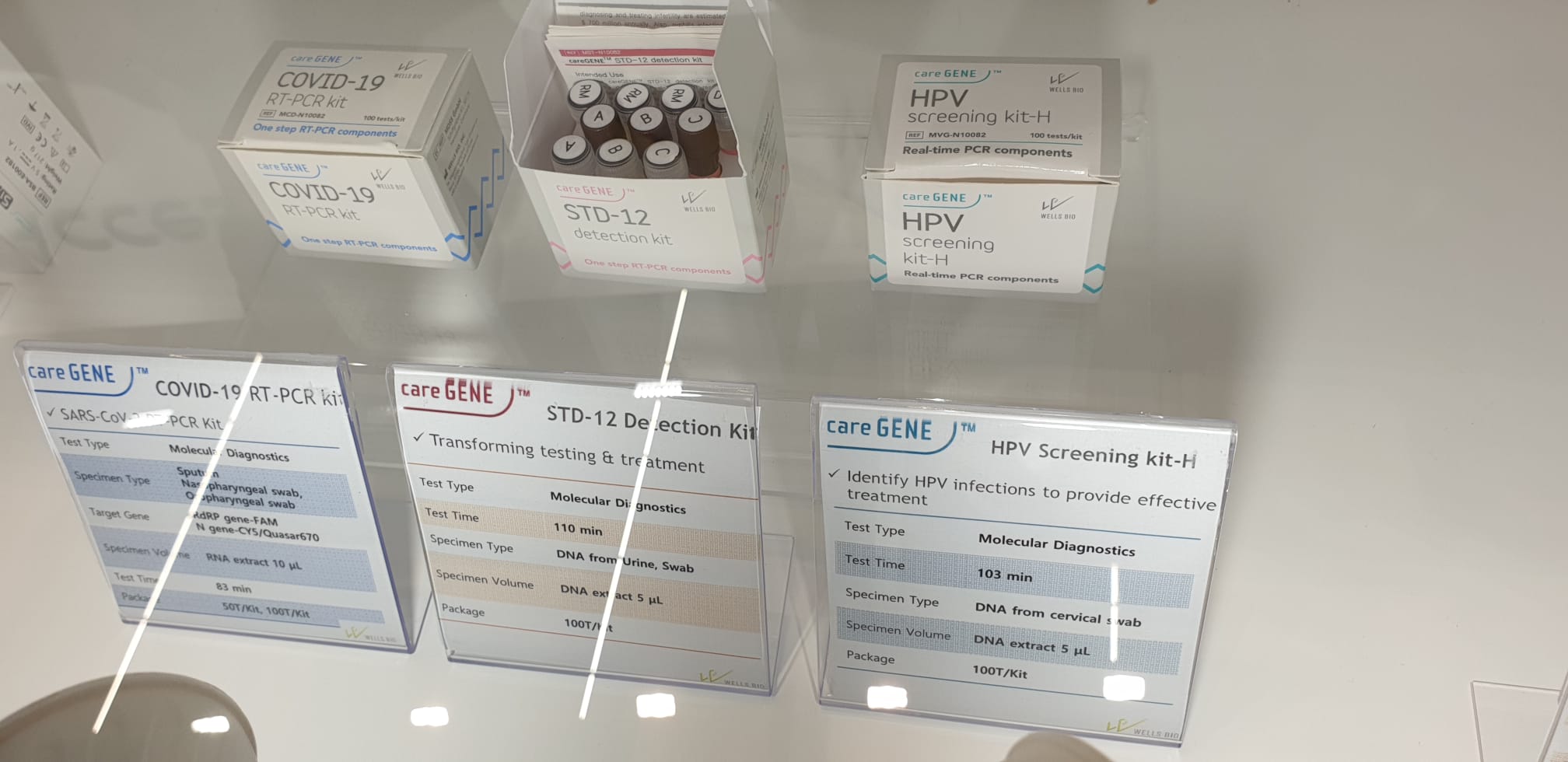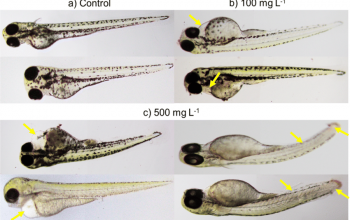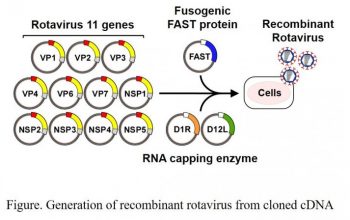Screening kit-H
Together with real-time PCR, it can differentiate HPV-16, HPV-18, and other high-risk HPV genotypes.
Technical specifications
Test type: Molecular diagnosis
Package: 100 tests / box
Samples: Cervical swab DNA
Sample volume: DNA extract 5 μL
Result Time: 103 min
Storage conditions: below -20 ° C
Product Advantages
- High Specificity
Unique detection of 24 high-risk HPV types
- Self Sampling Option
- Evalyn® Brush (Rovers Medical Devices) and FLOQSwab® (COPAN) Self-Collection Device Validation
- Supports the widespread of HPV detection through simple and convenient sampling
- Housekeeping GAPDH for a correct sampling control
- Contamination Prevention
The ready-to-use master mix contains uracil-DNA glycosylase (UNG) and dUTP that eliminate potential carry-over contamination
- Differentiation Of High-Risk Types 16, 18 And 45
- HPV16 and HPV18 are responsible for 70% of cases of cervical cancer and precancerous cervical lesion
- HPV45 is the third most prevalent genotype in invasive cervical cancer worldwide (5–6%)
- Allows specific management of patient monitoring and therapy.
- Compliance With The Guidelines For HPV Detection
- German Guidelines S3 “Prevention of cervical cancer” (S3-Leitlinie Prävention des Zervixkarzinoms Langverison 1.0 – December 2017)
- The clinical and reproducibility criteria of the International Guidelines for HPV tests for use in the detection of cervical cancer
What is HPV?
The human papillomavirus is a sexually transmitted infection that affects the lives of more than 80 million Americans. This virus has 100 types: some are low risk while others are high risk. Of the 100 types, 40 can be transmitted through sexual contact and infect the genitals and throat. The CDC explains that HPV is the most common STD in the United States.
While some genital HPV infections may not show signs and symptoms, others can lead to warts and cancer. HPV is a silent infection and most can under-diagnosed it. An infected person can carry many types of HPV at the same time. It all depends on the types you were exposed to. Vaginal HPV puts a pregnant mother at risk of transmitting the infection to her newborn. As a result, the infected baby can end up with HPV warts that could develop inside his throat and airways.
HPV rarely shows symptoms. Once infected, symptoms can take months and years to appear – the virus can lie dormant in the body for a long time. Some types of HPV cause warts on the penis and scrotum. These are small lumps that can grow in size and number. Some other types can lead to penile cancer. Penile warts are small, flesh-coloured bumps that appear in the area of the penis. They are numerous and appear close to each other in the form of cauliflower.
These warts can bleed with sexual intercourse, making the experience uncomfortable. They can also cause itching and discomfort in the male genital area. HPV can be contracted through skin-to-skin contact, as well as through sex. Men who use condoms are not fully protected. HPV cannot be spread in swimming pools or by sharing a toilet seat with an infected person. Also, the blood of an infected person does not carry the virus.
Why take High Risk HPV with Genital-Genotyping at home?
Regular detection of HPV can prevent the progression of the viral infection to a chronic condition: cancer. It can also improve the survival rate of the infected person since HPV-related cancers do not show signs until they are advanced. This vaginal swab test can help identify and detect HPV infections in the vagina. You can also see an overview of the HPV types that were found. This will help identify the low and high risk types.
This is a standard, non-invasive method that can determine if the person is infected with HPV. It is highly sensitive and reduces the need for an unnecessary colonoscopy. It is an appropriate follow-up test, especially for women who are at high risk of developing HPV-related cervical cancer.
What do home genotyping high-risk HPV test results mean?
If the test showed positive results; then you have an active HPV infection. The test will also be able to determine the different types of HPV. Your results will show high-risk HPV types. If your test results showed “detected” for the following high-risk types 16, 18, or Other HPV ((31, 33, 35, 39, 45, 51, 52, 56, 58, 59, 66, and 68), you have high-risk HPV types and are at high risk of developing cancer.
For women, if your test was positive or found and you have the high-risk HPV types; then you have to get a Pap test, routinely. This will allow you to track changes in your vaginal squamous cells. There is no special treatment for HPV. Genital warts are usually removed with chemicals or freezing. Warts that keep coming back will need an injection of the drug interferon; however, warts can go away on their own. The risks of HPV lie in the cancer risks it poses in infected people.
In men, according to the UK Cancer Research Center, the most virulent types of HPV that can cause penile cancer are HPV-16 and HPV-18. The best way to prevent HPV is to abstain from oral, vaginal, and anal sex. Sexually active people can take some precautions to reduce their risks. For example, being in a monogamous relationship reduces not only the risks of contracting HPV but any other STD. Regular and correct use of condoms can also be helpful. Finally, being vaccinated against HPV can be very effective. There are three types of HPV vaccines: Cervarix, Gardasil, and Gardasil-9.
Vaccination is recommended between the ages of 11 and 12 years, with a second dose administered at age 21. Those who weren’t vaccinated when they were should consider getting vaccinated if they fall into these categories, according to the CDC:
- Men who have sex with men and are 26 years old or younger;
- Transgender men and those under the age of 26;
- Immunocompromised men and women under 26 years of age
Where can I get a Home Genotyping High Risk HPV Test – Genital?
This test kit will be mailed to you via USPS. You will receive a specimen collection device, either a vaginal swab for women or a urine collection device for men, as well as other materials from the test kit. Review all instructions before performing this test. Samples must be shipped via USPS back to the lab. Results take 3-4 days from receipt of the sample by the laboratory.




